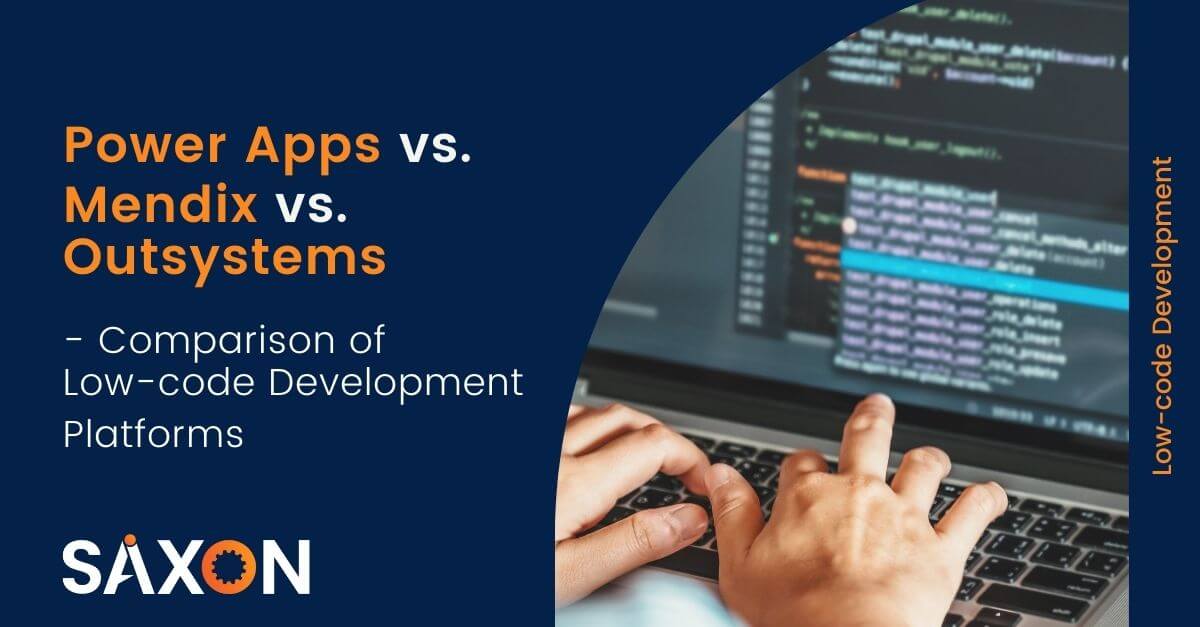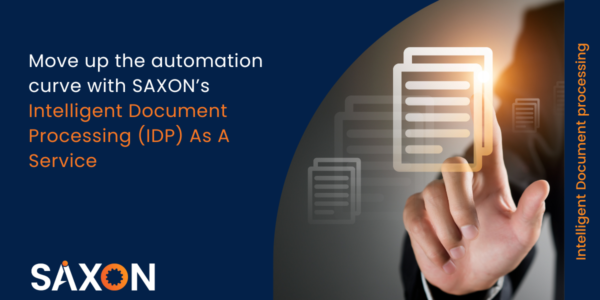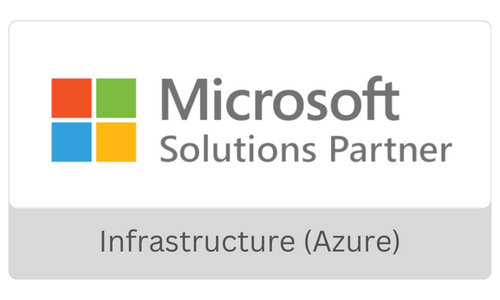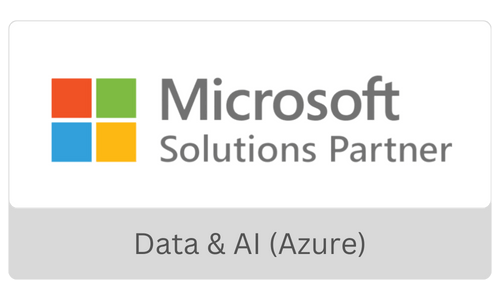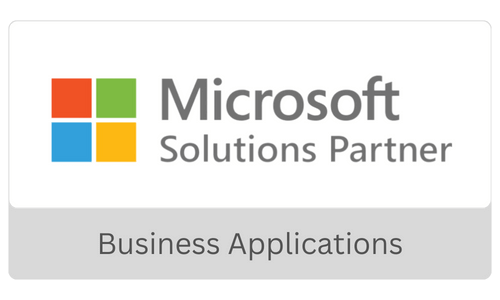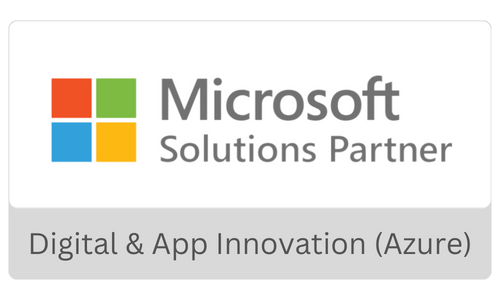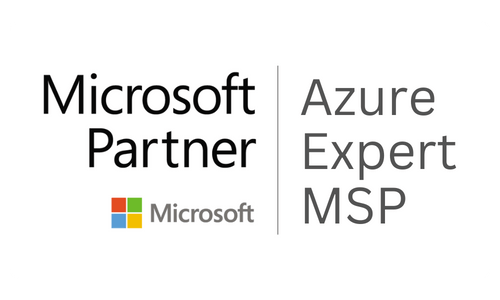Do you know that a mission-critical app can be developed in hours using low-code? The Los Angeles city administration did that in just 72 hours. It helped citizens find their nearest Covid testing center. What more? Manufacturing giant Airbus built a complex low-code app in 90 days, reducing their operational challenges by 20%. And Intercontinental Exchange reached 3X their developer capacity by embracing low-code.
As IDC projected, businesses need to develop 500mn new apps during 2020-2023 to support digital transformation, the same number developed during the previous forty years. With such rapid digital needs, organizations had to leave the initial hesitation to adopt low-code/no-code application development.
The Good and Bad of Low-code Development
As with any new code development tools, there are concerns about low-code development too.
- Too simple to limit the abilities of professional developers – The visual interface with low code is like a set boundary for full-stack developers to innovate and create exceptional applications.
- Not suitable for complex applications – The main advantage of the coding tools in the market is to create complex software that can tailor fit for business and system needs.
- Security and data problems – It only takes 10% effort to build an application. Most of the effort goes to design it for best practices, secure it, and conform to compliance needs.
- Deployment and maintenance – When you use low-code platforms, it often gets easy to make changes rapidly. It may disrupt user activity and damage data without the required testing and validation. Also, many have concerns that the maintenance cost for low-code applications becomes very high over time.
Is low-code development still an option?
Low-code development does not eliminate coding and the need for professional developers. Though the low-code development uses a visual interface, it requires a bit of coding. It is not the silver bullet that ends full stack engineering and traditional IT.
The skillset of full-stack developers is beyond coding. It is tough for citizen developers to create complex applications. But low-code development will augment the application landscape for any organization.
Speed is everything in this digital era. You cannot afford to spend months building a scalable and flexible app with the latest innovations included. With Low-code development platforms, organizations can streamline innovation and distribution of technical projects in weeks rather than months. Also, 82% of organizations face challenges in hiring and retaining software engineers highly skilled in their roles.
Organizations are also looking for options to modernize their legacy systems without a significant investment. Low-code development offers a solution to such systems without incurring high costs and consuming less time. What do analysts say?
As per Gartner, by 2025, 70% of the new applications built will leverage using low-code/no-code development.
Also, ResearchAndMarkets projected that the global low-code platform market would increase to $187bn by 2030, with a 31.1% CAGR between 2020-30.
Why is low-code development beneficial?
Low-code Development – Benefits
Speed – Low-code development offers the potential to accelerate application development 10x faster than traditional development. Drag and drop functionality, pre-built visual interface, and model-driven processes enable the rapid development of cross-platform apps.
Agility – Most low-code platforms enable direct integrations for major sources and vendors. They also equip IT to provide APIs and web services to reusable blocks. This ease of access to new technologies and mobile and web viability helps businesses stay ahead of their competition.
Shadow IT – Without IT’s consent, business teams tend to implement and manage software independently. This is because IT usually takes time to implement the needed software. With low-code, business users can rapidly deploy new applications without support.
Rapid iterations – Low-code development enables the tech team to iterate and edit existing processes quickly. It makes tasks like changes to child jobs with required documentation and revision histories so that the changes can be revoked if needed.
Improved Productivity – With low-code, you can streamline the development process and increase automation so that your IT teams can accomplish more in less time. Also, low code platforms include capabilities like logging and monitoring to simplify the process lifecycle.
Though there are concerns, low-code platforms are rapidly evolving to address the challenges and meet the development needs of organizations.
Best Low-code Development Platforms
Organizations have various options to choose between different low-code application development platforms. But a holistic platform that is robust, scalable, and flexible is the need of the hour. Let me walk you through a few details about the top 3 low-code application development platforms.
- Mendix – The leader in the Gartner Magic Quadrant for enterprise low-code application development platforms, Mendix allows you to build web and mobile apps with built-in templates and modules. The learning curve is simple, and you can accelerate your application development. Moreover, you do not have to worry about syntax errors.
- Outsystems – The platform carves its niche for omnichannel applications. With Outsystems, you can quickly build apps by linking the underlying data without many changes in the IT environment. Though it is the most widely used platform, you need a steep technical understanding to develop complex applications.
- Power Apps – It is a suite of different components to build, automate, and analyze the applications. The underlying Common Data Model makes it easy to share the logic and data with other applications. For simple applications, the Microsoft Power Platform offers great flexibility and scalability. In the case of complex apps, you need to leverage other Microsoft products like the Azure app service.
Let us now compare Power Apps vs. Mendix vs. Outsystems to identify the ideal choice for your needs.
Power Apps vs. Mendix vs. Outsystems
Power Apps
- Functionality – Microsoft Power Apps is a holistic platform for developing simple business apps. For complex apps, you need to work with a lot of formulas. The platform suits you when you already use the Microsoft ecosystem. Logging and monitoring functionalities are not exceptional compared to other platforms. If you can buy other Microsoft products, you can develop complex applications too.
- Support – You can leverage the knowledge from the large Microsoft community. You can purchase the license as a subscription per user or app.
- Usability – Microsoft Power Apps is easy to use to quickly develop web and mobile apps. When used with other Microsoft products, it solves many challenges businesses encounter in this digital world. It suits small, medium, and large businesses.
- Cost – With limited functionalities, Microsoft Power Apps, comes with a low price tag compared to others. But as you use other Microsoft products, the cost increases.
Mendix
- Functionality – Mendix offers comprehensive solutions in the application life cycle – development, testing, integration, implementation, and maintenance. It has a local test environment and offers continuous quality assurance. Moreover, it has excellent logging and monitoring capabilities.It is model-based, and you do not have to switch between different modules manually.
- Support – It has the largest user community, continuously offering solutions for many challenges. Mendix Marketplace is unique and offers many products to enhance your applications. Licensing of Mendix is as per the number of users and environments.
- Usability – Mendix reduces the gap between IT and business and focuses on the business aspects of application development. It mainly suits the needs of medium and large businesses.
- Cost – It is not costly compared to Outsystems but not on the cheaper side too.
Outsystems
- Functionality – Outsystems offers functionalities for IT people who prefer to tweak to accelerate app development. Unlike others, you can determine the visibility of attributes by yourself in Outsystems. The AI and IoT integration functionalities are mature compared to their peers. But it does not offer a local test environment like Mendix.
- Support – Community support is not always reliable in Outsystems. Also, the marketplace offers limited options, unlike Mendix.
- Usability – The learning curve is quite different and most suited for professionals with IT knowledge. It also fits medium and large businesses, but you cannot rely on citizen developers.
- Cost – The exact cost depends on the number of users, hosting, and SLA. But the initial costs are higher than Mendix and Power Apps. As you scale, it gets cheaper than Mendix.
If your IT environment works on Microsoft suite, Microsoft Power Platform offers a comprehensive solution combined with other products. Mendix and Outsystems provide ideal solutions for large businesses. The choice of the platform depends on your application landscape and the functionalities you seek from low-code development platforms.
Do you still have questions? Our experts can offer you the best solution. Contact us for more information.

